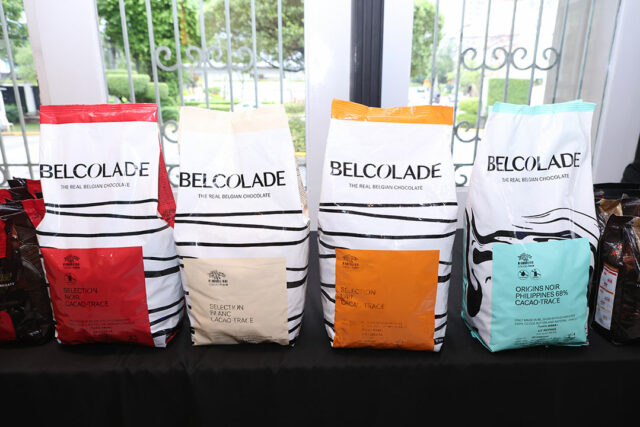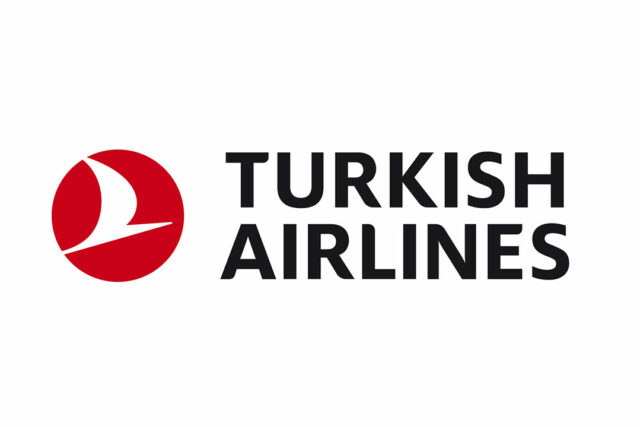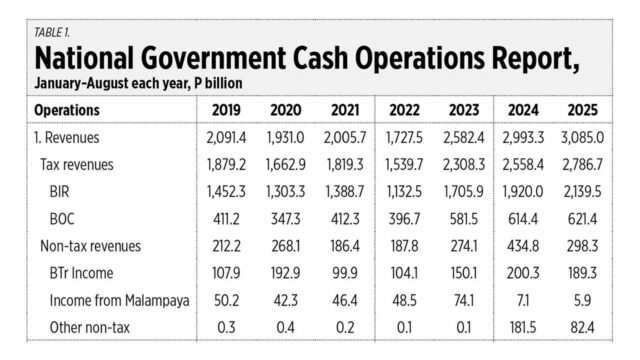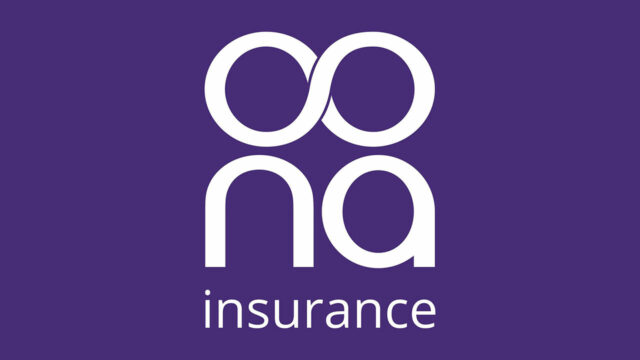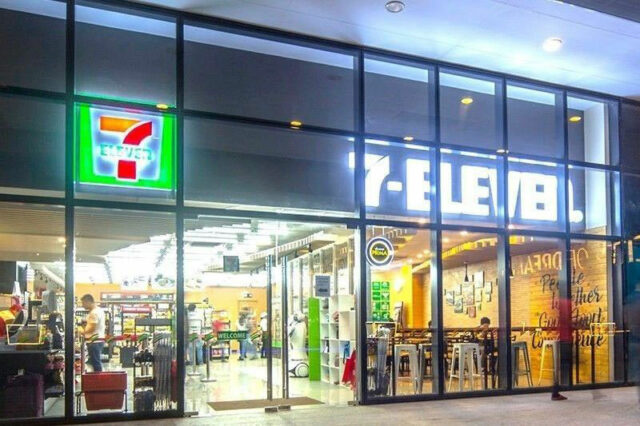In 2024, the government swept “idle” balances from government-owned and -controlled corporations, including P60 billion from the Philippine Health Insurance Corp. or PhilHealth. PhilHealth remitted P20 billion in May, P10 billion in August, and P30 billion in October. A planned fourth tranche of roughly P30 billion was stopped by the Supreme Court which issued a temporary restraining order.
More recently, the President ordered that the P60 billion be restored to PhilHealth as “savings” in the 2026 budget. That commitment is welcome but conditional: it depends on the 2026 fiscal program actually generating the savings to fund the return. It also sits alongside petitions pending before the Supreme Court that challenge the original sweep.
Officials argue that the 2024 sweep plugged urgent holes. They say the money paid Health Emergency Allowances long due to COVID-19 frontliners; funded Medical Assistance to Indigent Patients to avoid turn-aways; procured medical equipment for public facilities; built or expanded Department of Health (DoH) hospitals and upgraded sites; and covered counterpart financing for health-related infrastructure and other projects. In short, they maintain that PhilHealth’s P60 billion supported pressing needs elsewhere in the health system and its surrounds.
But even if every peso returns in 2026, frankly, I don’t think cash alone will fix health services delivery. PhilHealth has already expanded benefit packages through larger support for cancer, renal disease, major cardiac procedures, and higher payments for common pediatric and infectious conditions. What we need urgently is the full implementation of the Universal Health Care (UHC) Act.
It has been six years since the law was passed, and its implementation still remains partial. Unless we finish building the province- and city-wide health systems that UHC envisioned, and unless we run a single health wallet (the Special Health Fund or SHF) for each system, pesos will keep stalling in process instead of showing up at the bedside.
UHC’s logic is simple. First pool the money; then organize providers; then pay for results. It starts with each province or highly urbanized city pooling its PhilHealth income, DoH grants, and LGU health budgets into one SHF, managed under one plan and one budget calendar. One wallet replaces many small, disconnected wallets so procurement, staffing, and cash flow line up with clinical needs.
Health facilities in the province or city must also form Health Care Provider Networks to provide primary care (public health centers and accredited private clinics), secondary care (district and level 1 hospitals), and tertiary care (referral and specialty hospitals). People will also enroll with a primary care provider — public or private — that becomes their first stop and care coordinator.
UHC, using LGU health budgets and PhilHealth money, pays primary care through capitation (a per-person prepaid amount) topped up by performance payments tied to health goals or outcomes. Hospitals are paid through case rates or a specific price for every package or procedure or illness.
Obviously, under this setup, richer LGUs will always have more money for health services. UHC corrects for this by allowing PhilHealth income and DoH grants, and revenues from sin taxes, to augment SHFs and by encouraging risk-adjusted allocations for poverty, disease burden, and remoteness so poorer towns can still buy a decent set of services.
More money is not the only answer, though. A new study by the Ateneo Policy Center and the Ateneo School of Government, led by Dr. Maria Eufemia “Marife” C. Yap and commissioned by the Unilab Center for Health Policy, found that while LGU health budgets rose from 2022 to mid-2025, health outcomes did not keep pace.
For one, medicines and supplies arrive late and money sits idle. Weak monitoring and political bottlenecks cause budget approvals to be stalled over partisanship or quorum issues. And then, more spending is skewed to salaries rather than operations and medicines. Poorer LGUs also heavily rely on their share in national taxes to pay for health services.
The fixes are not dramatic but they are crucial: treat the SHF as the single operating wallet, synchronize health planning and procurement, publish monthly or quarterly funds-to-services dashboards for better monitoring of procurement and expenses, and pay for health results. Align the money with health services.
At this point, the National Government can still do a repeat “sweep” of PhilHealth money, because cash largely sits with PhilHealth until it pays claims and reimbursements. In short, funds are idle. This is the vulnerability the 2024 mechanism exploited: idle balances in GOCCs’ corporate accounts.
But we can make a repeat sweep much harder if we move more PhilHealth money into SHFs and obligate them to actual health services. Once PhilHealth reserves are transferred and obligated into SHFs — which are local special funds held in LGU treasuries, governed by Provincial and City Health Boards and Commission on Audit (CoA) rules — those pesos stop remaining PhilHealth idle balances. They sit in a different legal and accounting bucket, with Board-approved purposes tied to local health delivery.
Two points are crucial: a sweep can be harder, but not impossible. Congress can always write a new rule in a future budget, and national agencies can slow future transfers to SHFs if they show large unspent balances. Also, unspent SHF funds remain public funds. So, CoA can insist that LGUs use these first before they ask for more.
At the same time, portions of PhilHealth money that do not flow through SHFs, such as budgets for hospital reimbursements, can also leave temporary cash pools at PhilHealth if claims are slow. These funds can still be targeted for sweeping. But, at least, funds for SHFs can get obligated and locked in.
After all, even with those caveats, the logic holds: the more the SHFs pre-pay to public and private clinics primary care and network services as allowed by UHC, the smaller PhilHealth’s year-end idle base becomes, and the harder it is to justify another sweep under the same mechanism.
I strongly suggest that if the P60 billion actually returns in 2026, then move it, as well as the budget for routine medical reimbursements, into SHFs with enforceable obligations or signed contracts with healthcare provider networks. That is the structural shift we have delaying in the last six years, and which has been keeping a chunk of PhilHealth money idle.
The government claims the 2024 sweep followed the law and plugged urgent holes; it also promises to return P60 billion in 2026, if savings materialize. That promise stands unless the Supreme Court rules otherwise. But even if the money returns, cash without structure is cash at risk. The Ateneo study already shows what happens when bigger budgets meet the same inefficiency: we miss targets and disappoint patients.
If 2026 is to be the turn, match health pesos with political will. Finish organizing province- and city-wide health systems. Fund and enforce SHFs as the single wallet for health procurement and payments. Move PhilHealth funds into SHFs so they stop sitting idle, start buying care, and become far harder to sweep away.
For concerns regarding corruption, SHFs prepaying for services with public and private health clinics can pass audit if we keep the paperwork disciplined: contracts, price lists, schedules, a no-balance clause, and key performance indicators, etc. We can also do quarterly liquidation and year-end reconciliation for over- or under-delivery. CoA also has rules for prepayments and liquidations.
In addition, publish monthly or quarterly funds-to-services dashboards at provincial and city levels and make them publicly available. Track enrollment, utilization, health services, stockouts, referral times, average length of stay, readmissions, and compliance with zero billing for patients. Visibility and vigilance matter, also to make fund diversion difficult.
Do these, and the PhilHealth packages expanded recently, and any restored billions to PhilHealth in 2026 won’t just look good on paper. They will finally show up where they matter: at the bedside, without a bill to patients, and beyond the easy reach of another sweep.
Marvin Tort is a former managing editor of BusinessWorld, and a former chairman of the Philippine Press Council
matort@yahoo.com




